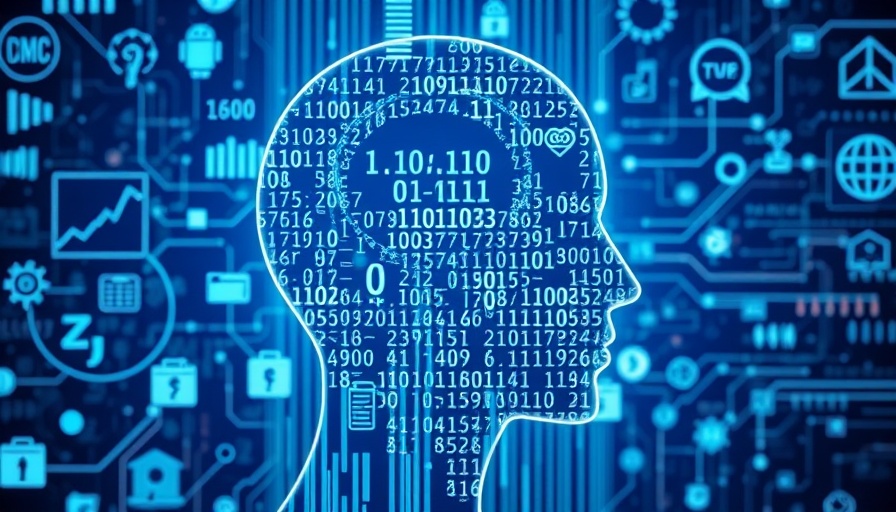
AI-Powered Ads: A New Frontier for Spotify
As audiences grow increasingly indifferent toward traditional advertising, Spotify aims to reinvigorate interest with its launch of Gen AI Ads. This innovative feature enables businesses to produce audio advertisements using artificial intelligence, guiding them through scripting and voice generation without the need for expert resources. While the promise of strong audio ads at a low cost is enticing, the broader implications for creativity and audience engagement cannot be overlooked.
What Is Gen AI Ads and How Does It Work?
Spotify's Gen AI Ads offer a platform where businesses, regardless of size or budget, can create polished audio advertisements. It’s designed to remove barriers that small enterprises often face, such as hiring expensive talent or renting studio space. Users simply input their message and let the AI handle the rest, from writing scripts to generating voiceovers. This democratization of ad production may allow even the smallest companies to reach wider audiences—theoretically boosting sales and visibility.
Potential Pitfalls of AI-Generated Advertising
However, the reliance on AI raises concerns about the overall quality and creativity of the ads. With potentially half of Spotify's ads produced by algorithms, there is a legitimate fear that they risk blending into a monotonous background of ‘audio wallpaper.’ Established brands with ample resources might produce high-quality ads regardless of AI tools, which poses the question: does AI truly enhance creativity? The quality of advertisements produced using AI may lack the human touch that resonates with audiences and can lead to disengagement, as listeners could find it hard to differentiate between brands.
Diminishing Human Touch: Creativity vs. Uniformity
At a time when audiences crave authenticity, will the flood of AI-generated ads contribute to an even greater desire for human voices? As Spotify promotes the efficiency of AI tools, marketing experts may anticipate a resurgence in demand for recognizable celebrity voiceovers. Striking a balance between polished AI ads and relatable human connection might become essential for brands hoping to break through the noise of generalized offerings.
The Economic Implications of AI in Advertising
This shift in advertising dynamics may create discrepancies in opportunities between businesses. While Gen AI Ads might lower entry costs, it could simultaneously inflate advertising budgets as brands chase the effectiveness offered by human performances. Moreover, companies leveraging AI to monetize celebrity voiceovers would drive up production costs in a market already littered with creative representation through AI.
Broader Implications for Advertisers and Consumers
As Spotify’s introduction of AI-generated ads unfolds, the advertising landscape could shift in unexpected ways. With fresh approaches and technology, there is the potential to redefine creativity. However, if this results in a standardized, sterile advertisement approach, audiences might recoil from overly efficient, emotionless outputs. The effectiveness of advertising may depend on skilled art rather than speed and cost solely determined by AI anymore.
Takeaways for Advertising Professionals
As businesses prepare to embrace AI tools, it’s critical for marketing managers to consider the balance of efficiency versus creativity. Successful advertising taps into emotional connections and brand stories—elements that struggle to emerge from algorithms. While AI can aid in ad production, understanding how to interlace it effectively with human creativity could be the key to standing out. Companies must decide not only how to use these tools but how to remain competitive effectively.
Conclusion: Is AI the Cure for Advertiser Apathy?
With Spotify’s Gen AI Ads set to disrupt the conventional ad landscape, the question remains whether they will revitalize consumer interest in advertising or merely inundate listeners with monotony. As we venture into this new territory, businesses must navigate the tension between automation and authenticity. Ultimately, the answer might lie in leveraging AI for operational efficiency while ensuring brand narratives remain compelling and human-focused.
 Add Row
Add Row  Add
Add 




 Add Row
Add Row  Add
Add 

Write A Comment